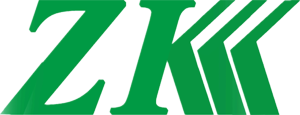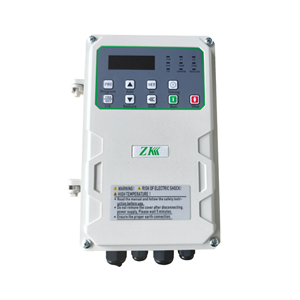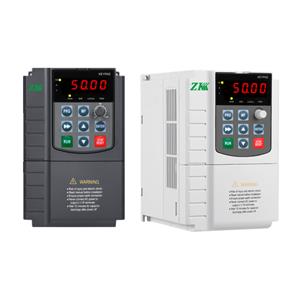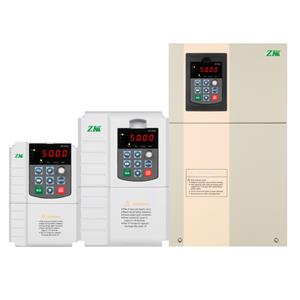Solar Water Pump Inverter Industry Booms: Technological Innovation + Policy Drivers Fuel 15% Annual Global Market Growth
1. Industry Overview
According to the latest report from the International Energy Agency (IEA), the global solar water pump system market reached $1.2 billion in 2023, with an expected annual growth rate of over 15% in the next five years. Key drivers include:
Modern Agricultural Demand: Increased reliance on renewable energy irrigation in arid regions;
Policy Support: Many countries now include solar pumps in "carbon neutrality" subsidy programs;
Cost Reduction from Technology: Inverter efficiency exceeds 98%, with system costs dropping 40% compared to five years ago.
2. Technological Breakthroughs: Smarter & More Efficient
① Intelligent MPPT Technology
Companies like Huawei and Sungrow have launched "Full-Scenario MPPT" inverters, which automatically adapt to complex light conditions (e.g., clouds, dust), improving water pumping efficiency by 20%.
② Battery-Free Direct-Drive Solutions
A new DC direct-drive solar pump inverter eliminates the need for batteries, extending lifespan to 10 years—ideal for high-temperature regions like Africa and the Middle East.
③ IoT Integration
Next-gen systems support remote monitoring via smartphone apps, enabling real-time water flow adjustment, fault alerts, and integration with agricultural big data platforms for precision irrigation.
3. Market Hotspots: Emerging Economies Lead Demand
Africa: The UNDP is promoting solar pumps in Kenya and Ethiopia, targeting 500,000 rural households;
India: The government’s "KUSUM Scheme" offers 50% subsidies, driving a 70% YoY installation increase in 2023;
Latin America: Large farms in Brazil and Mexico adopt "PV + Drip Irrigation" models, boosting demand for localized inverter services.
Chinese Companies’ Performance:
Sungrow secured a 20MW solar pump project in Egypt, while Gree’s cost-effective inverters gained traction in Southeast Asia.
4. Policy Trends: Green Incentives Intensify
China: The revised 2024 Renewable Energy Law classifies distributed solar pumps as a key rural revitalization project;
EU: New regulations mandate "carbon footprint certification" for agricultural irrigation equipment, pushing tech upgrades;
Middle East: Saudi Arabia’s "Vision 2030" invests $300 million in solar irrigation pilot zones.
5. Future Outlook
Industry projections indicate three major trends by 2028:
Miniaturization: Rising demand for small-capacity (<1kW) systems for household farms;
Hybridization: Integration with wind/diesel hybrid power systems;
Standardization: Global certification frameworks to reduce trade barriers.




